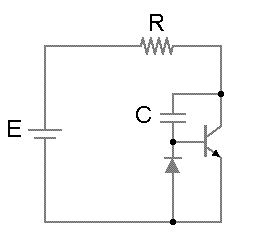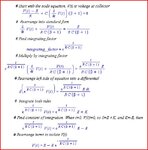baby_1
Advanced Member level 1
Hello i have this circuit

and i solve with this equation

is it correct?
and could you tell me an equation that join E and Capacitor Voltage? or E and Base Current?
Thanks

and i solve with this equation
is it correct?
and could you tell me an equation that join E and Capacitor Voltage? or E and Base Current?
Thanks
